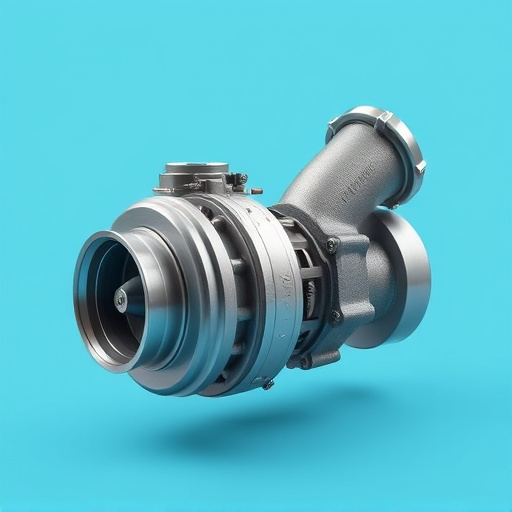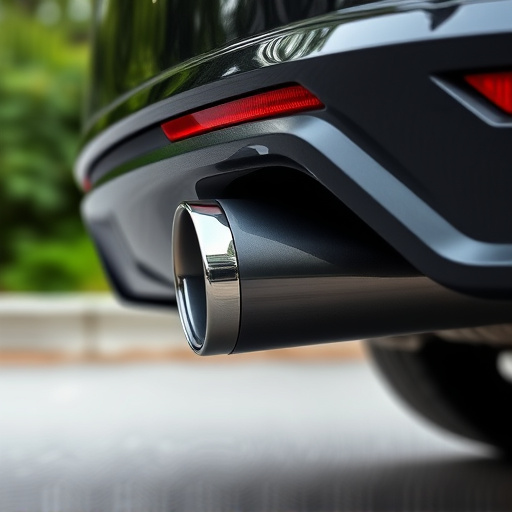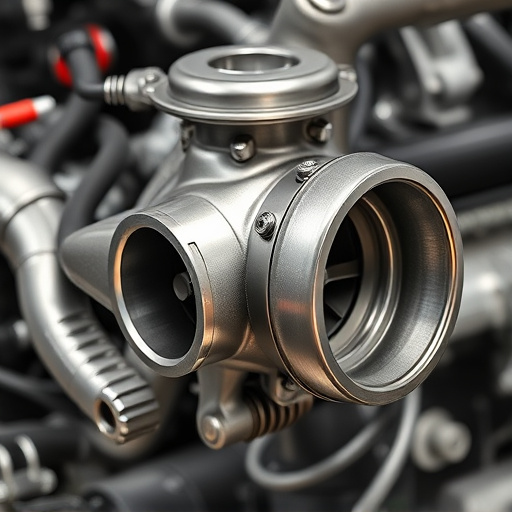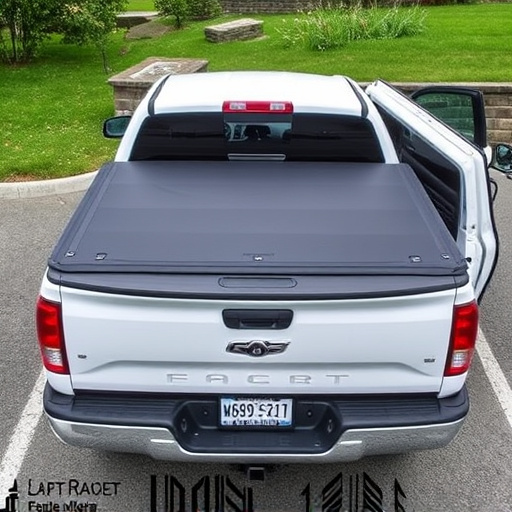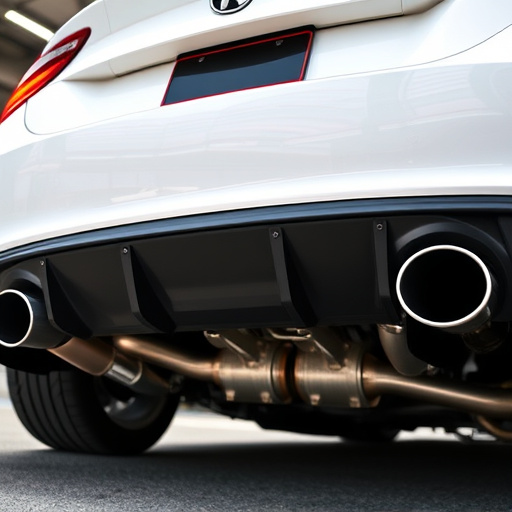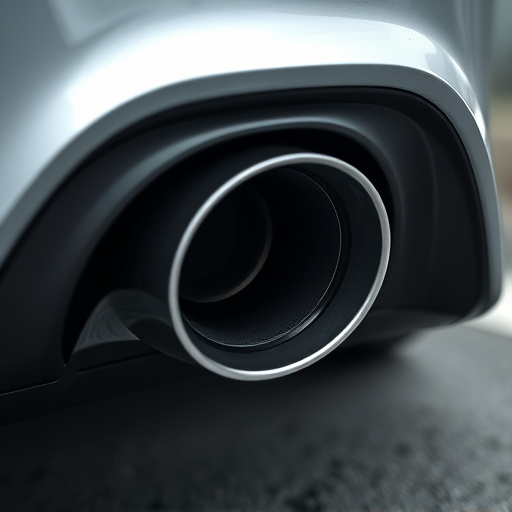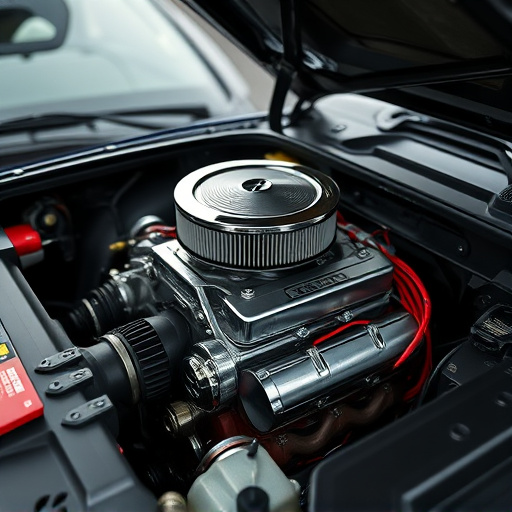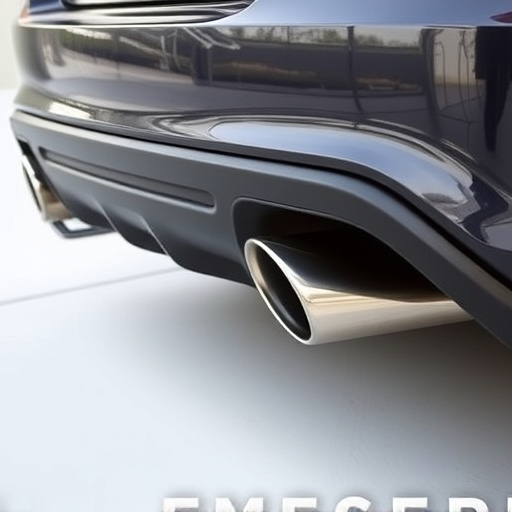Hydraulic suspension systems leverage fluid pressure for quick, precise height adjustments, offering superior handling and stability in dynamic driving conditions. Key components like actuators, cylinders, and valves enable rapid fluid movement for instant responses, improving cornering and providing a smooth ride. Versatile and customizable, these suspensions cater to performance enthusiasts and comfort seekers alike, allowing fine-tuning of intake components and exhaust systems. By effectively dampening shocks, hydraulic suspension offers enhanced control, stability, and a personalized driving experience over challenging terrains while prolonging vehicle components' lifespan. Popular in off-road vehicles and automotive tuning, future advancements promise even greater precision and customization.
Hydraulic suspension systems have revolutionized vehicle dynamics, offering unparalleled control and comfort. This technology excels in fast compression and rebound, thanks to its mechanical advantage over traditional spring-based setups. In this article, we’ll explore the intricate mechanics behind hydraulic suspension’s swift response, uncover its numerous advantages for improved performance and rider comfort, and delve into its diverse applications and future trends, highlighting why it’s a game-changer in automotive innovation.
- Understanding Hydraulic Suspension System: The Mechanics Behind Fast Response
- Advantages of Hydraulic Suspension for Enhanced Performance and Comfort
- Applications and Future Trends: Where Hydraulic Suspension is Making Waves
Understanding Hydraulic Suspension System: The Mechanics Behind Fast Response
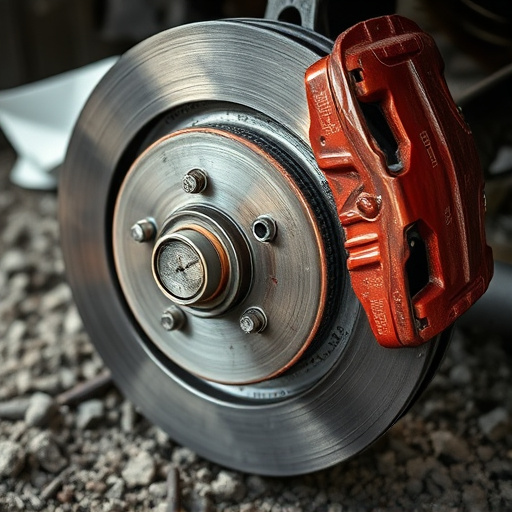
Hydraulic suspension systems operate on a simple yet powerful principle: using fluid pressure to control and adjust vehicle height. This mechanism is what enables the remarkable fast compression and rebound capabilities associated with hydraulic suspensions. At its core, a hydraulic suspension consists of various components that work together seamlessly. The system comprises actuators, cylinders, and valves that facilitate the quick movement of fluid, resulting in precise adjustments.
When it comes to performance, hydraulic suspensions excel due to their ability to respond swiftly. This rapid response is crucial for enhancing handling and stability, especially during dynamic driving conditions. For instance, when navigating through twists and turns, the system can lower the vehicle for improved cornering, then quickly rebound to its original height, ensuring a smooth ride without compromising control. Furthermore, these suspensions allow for fine-tuning of various elements, such as intake components or cat back exhaust systems, optimizing performance and catering to individual driving preferences.
Advantages of Hydraulic Suspension for Enhanced Performance and Comfort
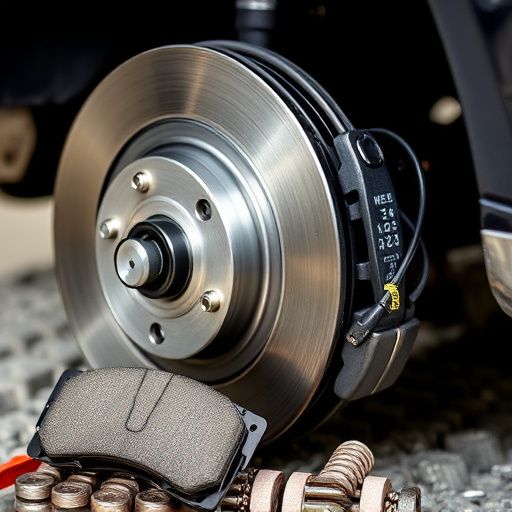
The advantages of hydraulic suspension are numerous, making it a top choice for both performance enthusiasts and those seeking unparalleled comfort. One of its key strengths lies in its ability to facilitate fast compression and rebound, allowing vehicles to navigate rough terrains with ease. This dynamic response ensures that each wheel maintains optimal contact with the road, enhancing control and stability during aggressive driving or over challenging landscapes.
Moreover, hydraulic suspension offers a smoother ride compared to traditional systems. By adjusting the flow of fluid through specialized valves, it can dampen shocks and bumps effectively, reducing the jostling often experienced on uneven roads. This not only contributes to passenger comfort but also preserves the integrity of your vehicle’s components by subjecting them to fewer extreme forces, potentially extending their lifespan. Furthermore, with customizable settings, owners of hydraulic suspension systems can tailor the ride to suit their preferences, from a firm, sporty feel to a softer, more comfortable one, even integrating upgrades like cold air intakes and cat-back exhausts for enhanced engine performance.
Applications and Future Trends: Where Hydraulic Suspension is Making Waves
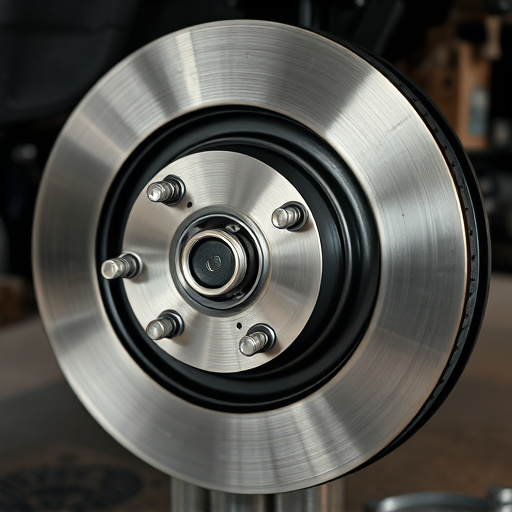
Hydraulic suspension systems have carved a niche for themselves across various industries, primarily due to their ability to achieve swift compression and rebound. This dynamic duo of speed and control isn’t just confined to the realm of off-road vehicles; it’s making waves in automotive tuning, particularly with the integration of cold air intakes (CAI) and high-performance air intake systems. These systems leverage hydraulic suspension components to optimize vehicle dynamics, enhancing both handling and performance.
Looking ahead, the future of hydraulic suspension seems bright, driven by advancements in technology that promise enhanced precision and customizable settings. As manufacturers continue to explore innovative applications, we can expect to see these systems play an even more significant role in shaping the driving experience. From improved ride comfort and reduced body roll to enhanced cornering capabilities, hydraulic suspension is poised to revolutionize not just performance, but also the overall driving environment.
Hydraulic suspension systems, with their remarkable ability to achieve fast compression and rebound, offer unparalleled performance and comfort across various applications. As discussed, these systems leverage the power of hydraulics to respond swiftly to road conditions, ensuring a smoother ride for passengers while providing advanced vehicle control for enhanced safety and maneuverability. Looking ahead, the future of hydraulic suspension appears promising, with continuous innovations expanding its use in diverse industries, from automotive to off-road vehicles.
